Last Updated on August 2, 2021
 Why It Works is an ongoing column which breaks down some of the most acclaimed films in history and explores what makes them so iconic, groundbreaking, and memorable.
Why It Works is an ongoing column which breaks down some of the most acclaimed films in history and explores what makes them so iconic, groundbreaking, and memorable.
****SPOILERS AHEAD****
Bates Motel, Limitless, Minority Report, 12 Monkeys, Wet Hot American Summer, Scream, Ash vs. Evil Dead, Fargo… the list of television series based on films is ever-growing. With its second season premiering on FX next week, it still blows my mind that a show based on the 1996 dark comedy FARGO is on that list. It really serves as a testament to the Coen brothers' classic that, without its brilliant cast of characters or the brothers on hand to write and direct, the soul of the film can still shine so strongly through in a series. Walking the line between caricature and realism, taking inspiration from the ineptitude of small time criminals, and harnessing the beauty of the north country, FARGO introduced a quirky new sub-genre to the world that clearly still resonates today. Here's why it works:
WHY WE LIKE THE CHARACTERS:
How do you get four drunken Minnesotans out of the pool? You say, "excuse me, would you folks mind getting out of the pool?" There's just something fascinating and endearing about the Minnesota nice attitude. Where most films try to paint their characters as impressive and suave, FARGO allows us a look at people who are both genuinely good and not terribly bright. In Marge Gunderson and her relationship with her husband Norm, we have one of the most clear cut examples of lawful good ever put on film. There are no character flaws here; no vice; no hidden past; we just have an honest woman doing an honest day's work. For as super of a lady as Marge is, though, we need more to make a compelling film. Enter Jerry Lundegaard, the classic boob. Part "aw heck" and part scam artist, Jerry lives somewhere in neutrality. Sure, he's a bad guy, but he's not a bad guy. He's so hapless that we kind of want him to succeed, but each time he doesn't, we're much more entertained than disappointed. Finally, the hired thugs from Fargo, Carl and Gaear (yes, they have names), represent the other end of the spectrum. The real scoundrels of the story, these guys will take any job and kill just to get out of a jam. There is little to no compassion, regret, or moral compass here. Even then, though, the Coens let them be grounded in reality and even somewhat sympathetic- they're more Jules and Vincent than Boris and Natasha.
 "Oh, he was a little guy… kinda funny lookin'." "Uh-huh. In what way?" "Oh, just in a general kinda way."
"Oh, he was a little guy… kinda funny lookin'." "Uh-huh. In what way?" "Oh, just in a general kinda way."
WHY WE CARE:
"It is a true story, but it might not have… happened." Peter Stormare sums up the appeal of FARGO beautifully here. The Coen brothers had a bit of fun with their audience by claiming the film was based on a true story, so some people were mischievously drawn in by the true crime of it all. Joel and Ethan Coen are in fact from Minnesota, though, so the duo are no strangers to the quirky characters and bleak landscapes of the north, nor the puzzling and grisly crimes everyday people are capable of. As for the story itself, we may or may not be rooting for Jerry or his accomplices, but we're just sympathetic enough to stay tuned. As each snag presents itself, we find ourselves caring less about the characters and more about just how they'll get out of each bind. As for Marge, it's a nice touch that she doesn't appear onscreen until over thirty minutes in. Since she's so obviously the person to root for, making her the main protagonist right off the bat wouldn't be nearly as much fun as being forced to decide which of the other knuckleheads to get behind.
 "I said, 'guys, it says at the beginning of the script it's based on a true story.' They said, 'yeah, well, it's not.' I said, 'you can't do that!'" – William H. Macy
"I said, 'guys, it says at the beginning of the script it's based on a true story.' They said, 'yeah, well, it's not.' I said, 'you can't do that!'" – William H. Macy
WHY WE'RE SATISFIED:
Sometimes, all you need to feel rewarded at the end of a story is for the good guys to win and the bad guys to lose. The Coen brothers throw enough intrigue, humor, twists, uniqueness, and fun into their film that we don't need a big, surprising, or thought-provoking ending to be happy. It's a "true" story, after all, so it ends like they usually do: the cops do police work and get the crooks. To top it off, we have a final scene between Marge and Norm as an unapolagetic celebration of good-hearted, regular people. Marge just solved a case and took down a killer, but finding out her husband's art is being used on the 3-cent stamp is the best part of her day. Particularly for a filmmaking duo notorious for non-endings, this is really one of the most straightforward and pleasing conclusions you could hope for.
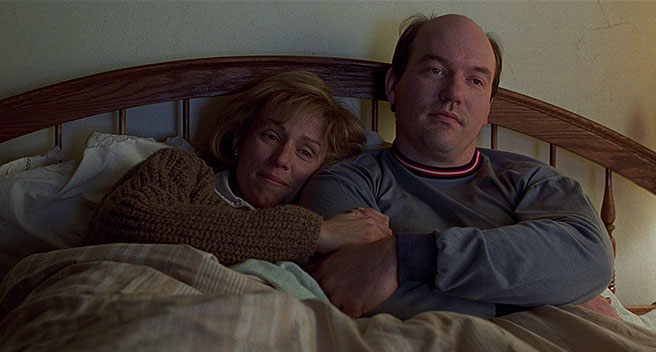 "Heck, Norm, you know, we're doin' pretty good."
"Heck, Norm, you know, we're doin' pretty good."
WHY WE REMEMBER:
If Quentin Tarantino labels DJANGO UNCHAINED as a Southern (a western set in the South), then surely FARGO is a Northern. With its snow white landscape, expansive, almost humbling establishing shots, and a good vs. evil showdown, FARGO would go on to inspire films like A SIMPLE PLAN, THE ICE HARVEST, and of course, its own television series (that's three helpings of Billy Bob Thornton, for the record). As with most Coen brothers movies, we're treated to a little slice of the boys' collective brain that couldn't have come from anywhere else, particularly in their ability to take stories and characters that would usually be considered run of the mill and give them that stranger-than-life edge. It's also a who's who of mostly undiscovered talent, including actors Frances McDormand, William H. Macy, Steve Buscemi, and Peter Stormare, cinematographer Roger Deakins, and composer Carter Burwell, all of whom delivered A+ material for this film and would go on to enjoy very fruitful careers following its success. FARGO is in a class of its own, and while I look forward to seeing what the future of the series holds, I doubt we'll ever see something quite as perfect as the film.
Thoughts? What else worked for you? What didn't? Strike back below!
If you have any movies you'd like to see put under the microscope, let us know below or send me an email at [email protected].


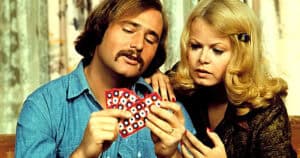
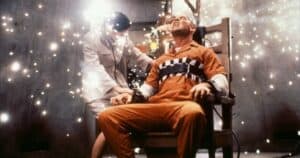
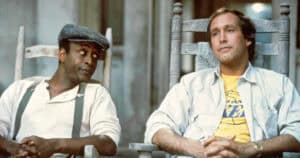
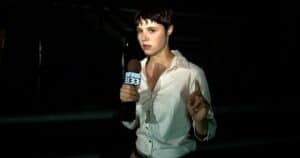


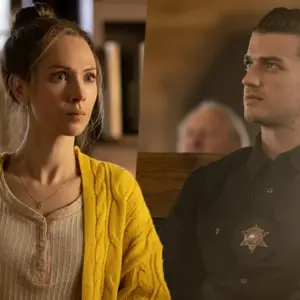
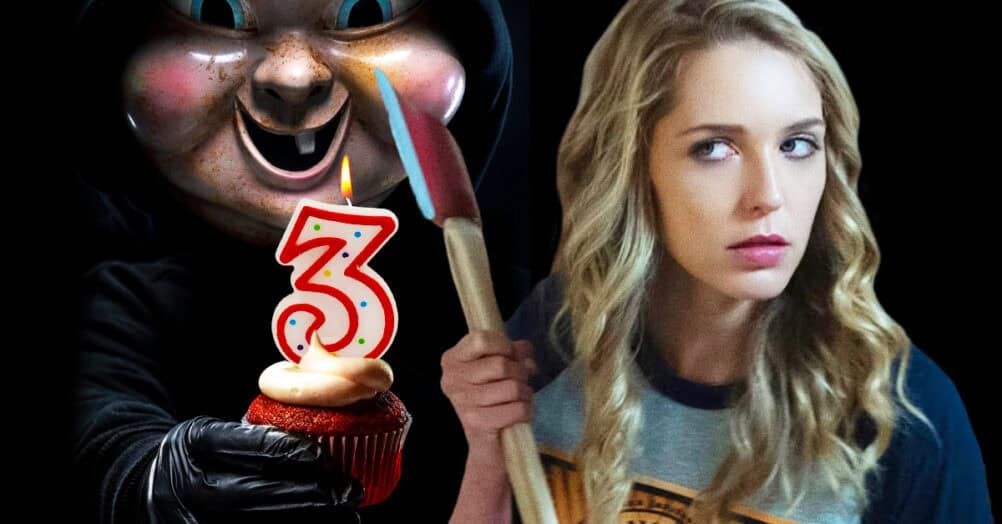
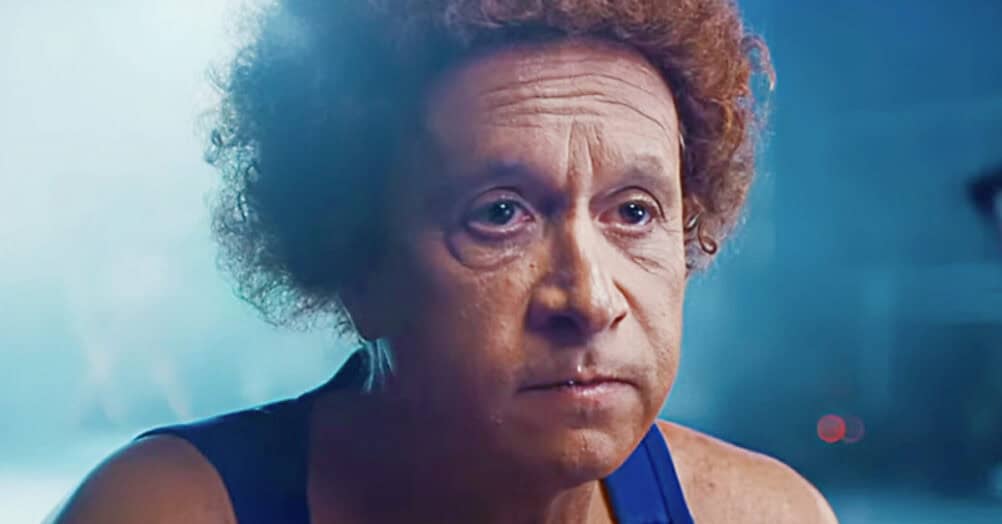
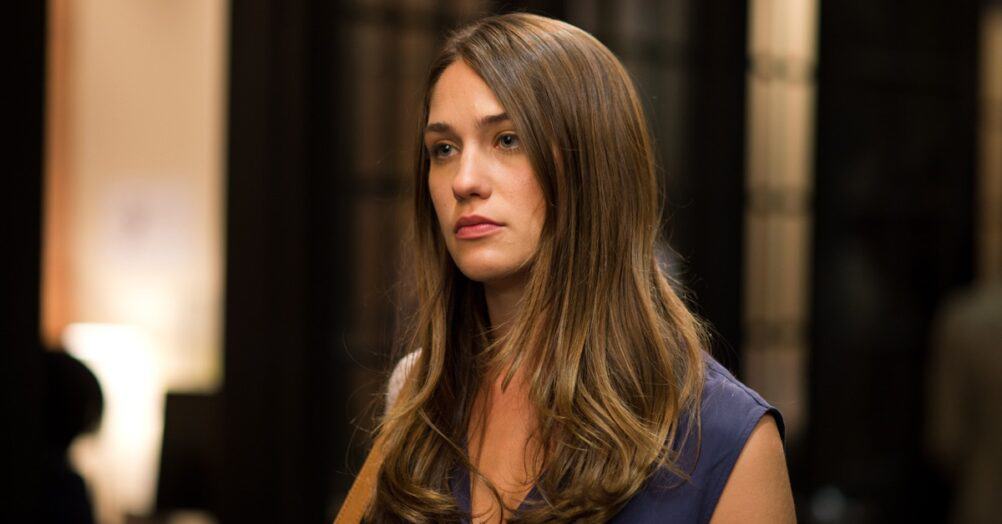
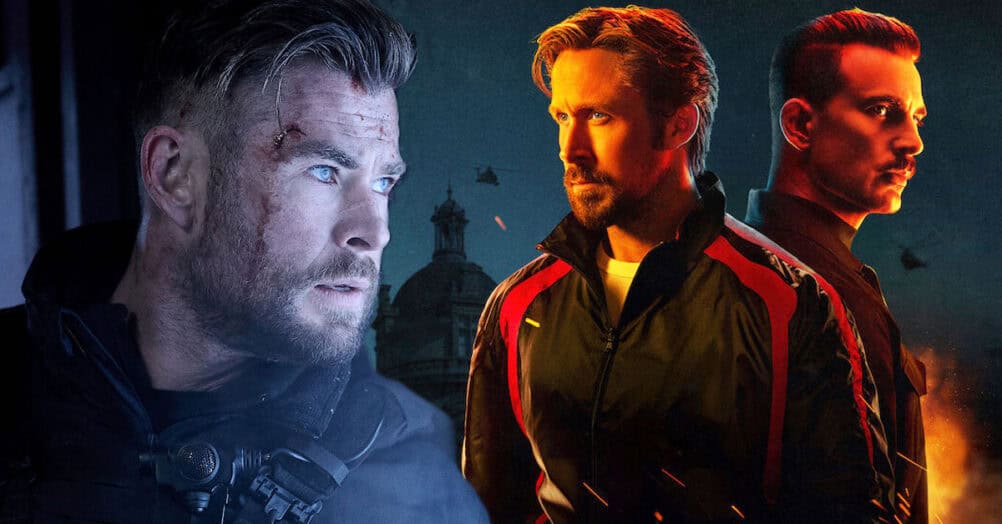
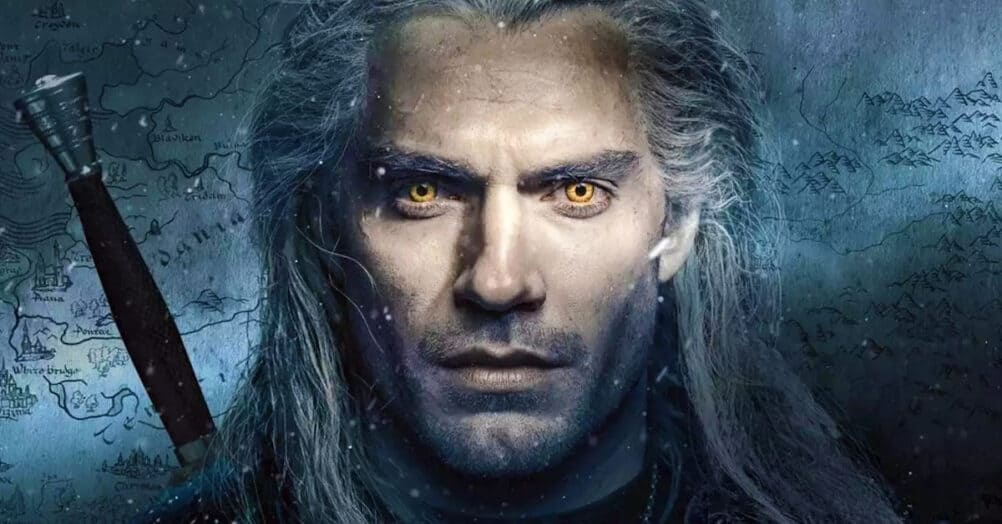
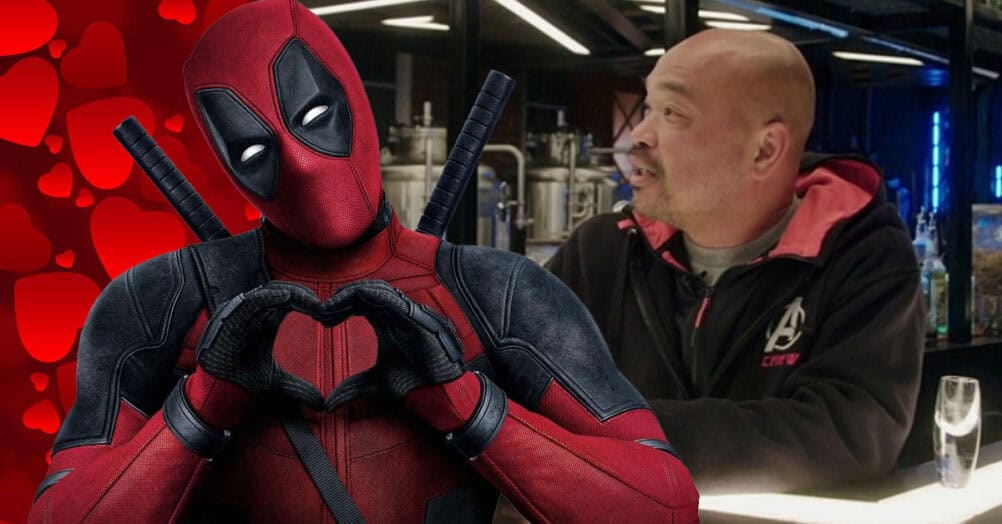
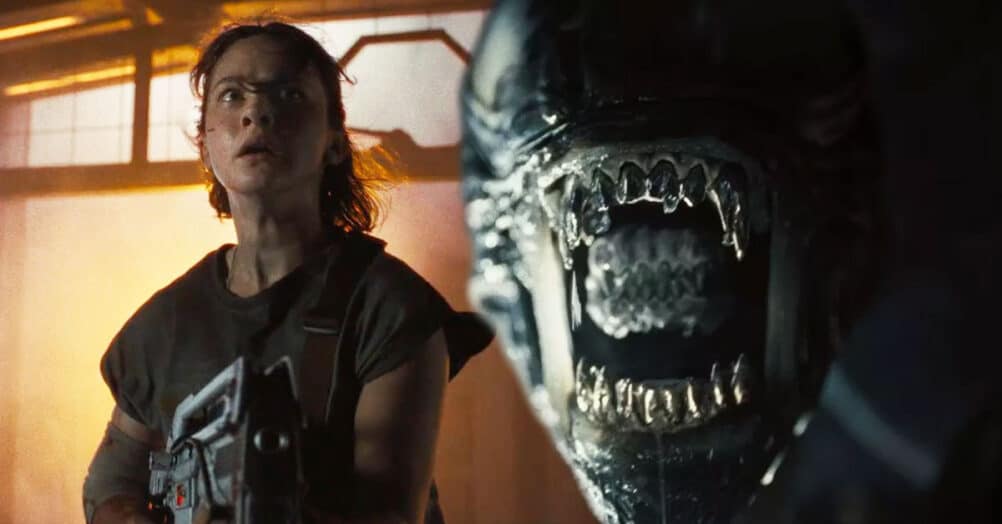
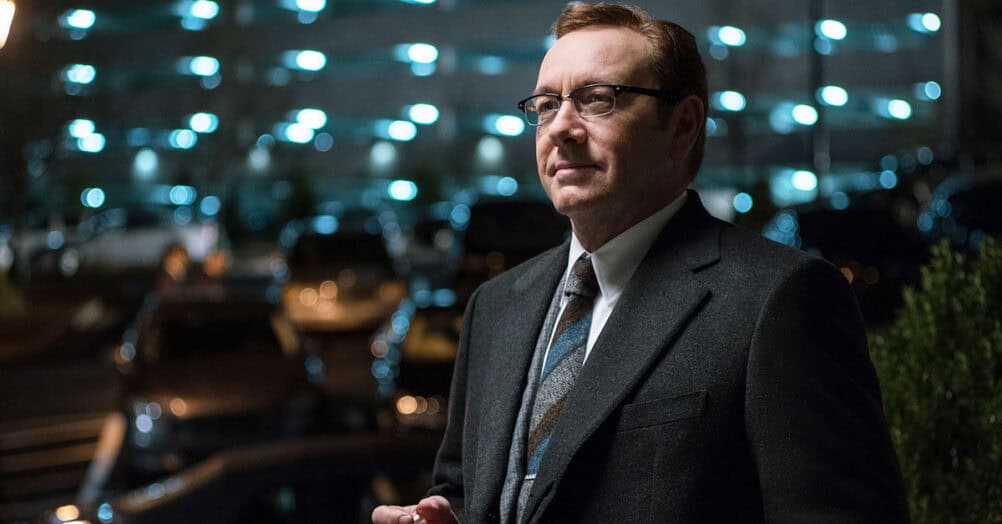

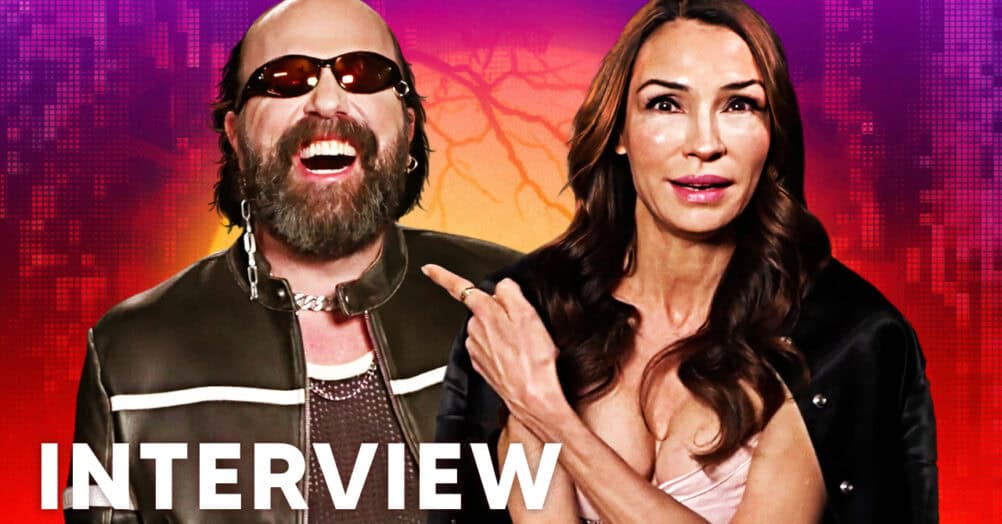
Follow the JOBLO MOVIE NETWORK
Follow us on YOUTUBE
Follow ARROW IN THE HEAD
Follow AITH on YOUTUBE